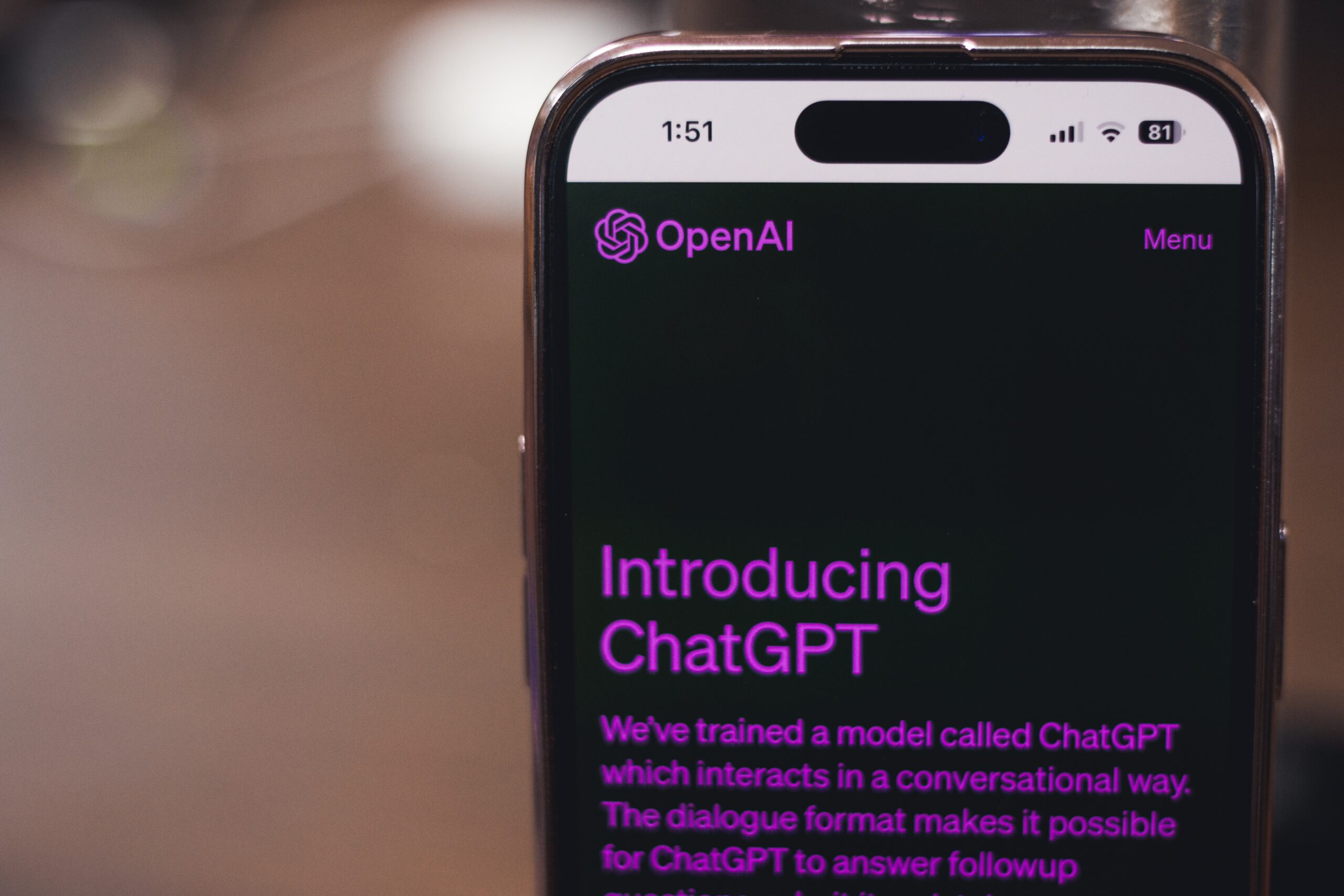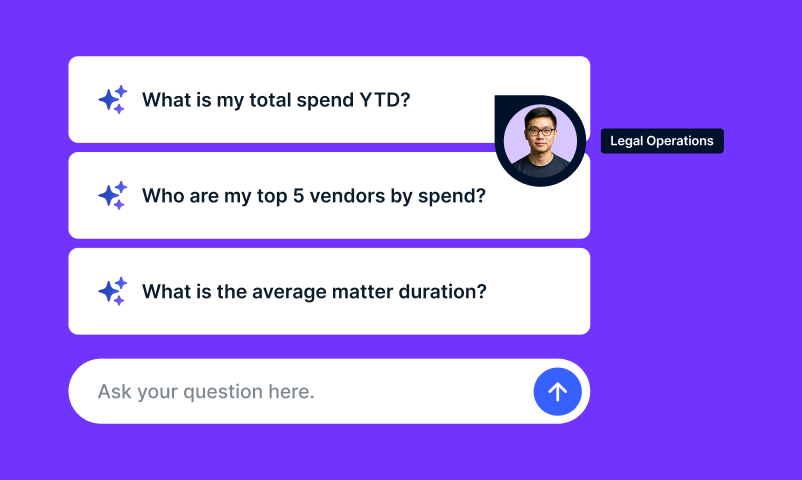Well-crafted prompts are key to accurate, useful AI outputs. A prompt is your input to the LLM to guide its outputs. Essentially, it’s a question or statement the LLM is asked to respond to or build upon.
Prompts can range from a single word to a whole paragraph, depending on what the user is trying to achieve. LLMs use the information in the prompt as a basis for generating their response, so the quality and clarity of the prompt can significantly influence the answer.
Careful prompt design is key in instructing the LLM to produce the desired output. Vague prompts lead to confusion, but clear, detailed prompts elicit outstanding results. Framing prompts using the AI’s language gets the desired responses.
The First Step: Begin with Basics and Progress Gradually
When integrating AI into legal tasks, start with straightforward, manageable prompts. For instance, initially use AI to summarize legal documents or provide legal principles overviews. This practical approach allows you to familiarize yourself with AI’s functionalities and limitations while developing proficiency in crafting effective prompts.
It’s common to encounter challenges as you navigate this learning process. Rather than aiming for immediate perfection, view each challenge as an opportunity for constructive learning. These early experiences, even the difficult ones, lay the foundation for future success with AI.
Remember that success with AI is collaborative. Adjust your approach accordingly if a prompt doesn’t yield the expected results. Refine prompts, analyze responses, and iterate as needed. This hands-on practice is key to mastering prompting and interpretation.
As your skills develop, gradually introduce more complexity into prompts. Consistency in practicing core skills leads from proficiency in basics to efficiently handling advanced AI interactions. With a solid foundation, you’ll be well-equipped to fully harness AI’s potential for elevating legal work.
The 3Ps Prompting Framework
The 3Ps approach provides a structured way to guide AI systems through effective prompting. It consists of:
- PROMPT: This is the core instruction provided to the AI detailing exactly what you want it to do. A properly engineered prompt includes clarity, specificity, examples, constraints, and ample context to guide the system. The prompt is where you ask the AI for what you need, whether it’s a legal summary, analysis, document draft, or other output. An effective prompt maximizes accuracy. Combining thoughtful priming, persona setting, and a meticulously crafted prompt allows prompting at an expert level to get the most out of legal AI systems.
- PRIMING: Priming involves setting the stage and establishing the necessary context for the AI. Imagine you need to brief a junior lawyer on a case’s background before they can work on it; explaining the goals, facts, and history allows them to dive in effectively. Similarly, priming an AI lays the groundwork for success. Examples of priming include summarizing documents the AI needs to read for context, explaining the business objectives, client needs, or legal issues involved, or providing any required definitions or domain knowledge.
- PERSONA: You can specify a persona if you want the AI to adopt a specific perspective. This puts the AI in a certain mindset, similar to how lawyers think differently depending on their role, like prosecution vs. defense attorneys. Persona examples include patent lawyer (frames responses from a patent law point of view), plaintiff’s attorney (approaches issues from a plaintiff-favoring stance), and criminal prosecutor (considers implications in building a case against the accused).
Anatomy of a Strong Prompt
Now that we’ve covered the basics let’s dive into the anatomy of what makes an effective, robust prompt. What core attributes define a truly “strong” prompt?
Effective prompts contain:
- Clarity – Unambiguous, precise phrasing
- Specifics – Exact definitions of needed information
- Context Richness – Sufficient background information for depth and insight
- Good Structure – Clear formatting that aids comprehension
- Readability – Use simple, concise language.
- Examples – To illustrate desired outputs
- Constraints – Outline boundaries and limitations (output length or formatting, timeframe, geography, etc.).
- Accuracy – Avoiding errors that cause misleading results
Large language models are trained on extensive written text, making structural details like complete sentences and line breaks important for accurate responses. Constraints and examples guide the AI by setting expectations and a pathway to follow.
Every element of a prompt influences the AI’s response. Vague prompts confuse the AI, while focused, tight phrasing elicits spot-on responses. Constraints like length limits limit the scope. Examples guide better outputs. Each detail shapes the final result. Craft prompts carefully, considering how each component impacts the AI’s understanding.
Key Technical Settings
When using AI systems, there are specific settings you can adjust that impact how the AI responds. Knowing these key technical settings as a beginner will help you get better results.
- Creativity Setting: This controls how consistent or varied the AI’s responses will be. A high creativity setting makes the responses more random and diverse. But it also increases the chance of incorrect or nonsensical outputs. A low creativity setting makes the AI’s answers more predictable and fact-based. But the responses might be too basic.
- Response Length Setting: This controls the approximate length of the AI’s responses. Longer responses allow the AI to provide more detailed explanations. But it limits how much background context you can provide in your prompt. Shorter response settings enable you to give more context upfront in your prompt. But, the AI’s answers may lack depth.
Using moderate creativity settings and medium response lengths is a good starting point. As you get more experience, you can refine these settings per use case. The key is balancing detail, consistency, and context to get optimal results.
Want to learn more about how you can unlock the true potential of AI systems (including advanced prompting techniques)? Download our full eBook entitled The Legal Professional’s Handbook: Generative AI Fundamentals, Prompting, and Applications.




